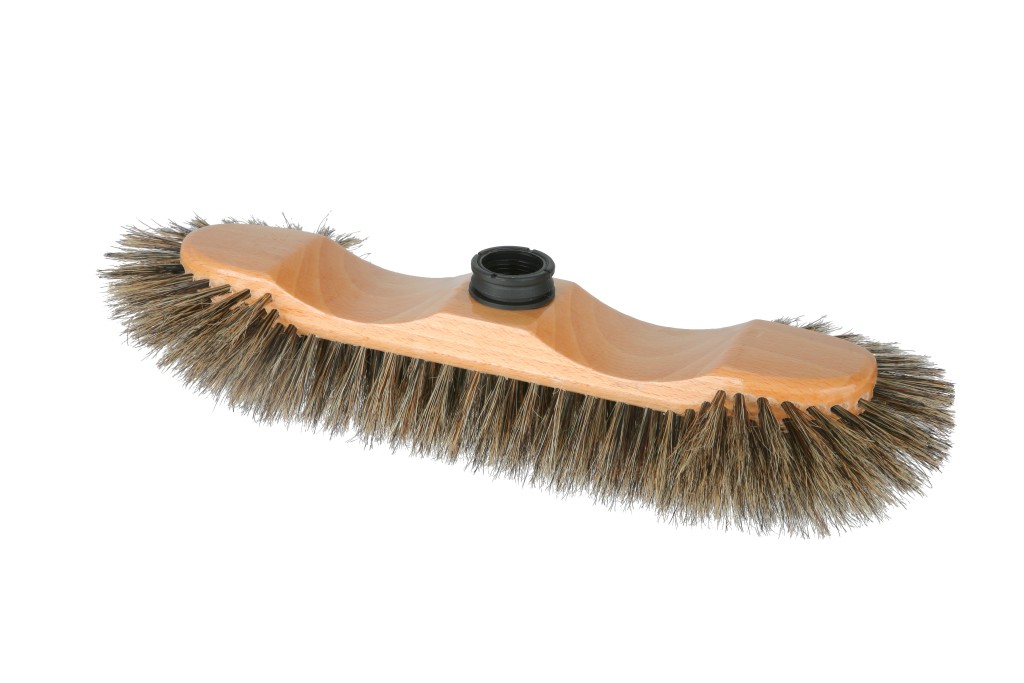

Douglas fir mortality was only lower than Silver fir in beech forests. In all habitats, seed germination was significantly higher for Douglas fir compared to that of Silver fir and, seedling mortality was extremely high in both species due to soil disturbance by wild boars and drought stress. Douglas fir seeds were more removed than Silver fir in holm-oak and in heathlands. post-dispersal seed removal, seed ger- mination, seedling survival and growth) of Douglas fir in beech forests, holm-oak forests and heathlands and compared it with the taxonomically close native conifer Abies alba (Silver fir). We conducted field experiments to compare the establishment potential (i.e.

However, little is known about the ecological filters that constrain plant establishment at early life-cycle stages and differences in habitat invasibility to this species. Pseud- otsuga menziesii (Douglas fir), a native conifer from Northwest America, is considered one of the most invasive forestry conifers in Europe. In order to prevent a further spread of alien species into peri-urban reserves, large scale anthropogenic disturbances should be minimized, already invaded sites must be monitored and buffer-zones protecting reserves from surrounding land use activities should be established.Īlien plants are subjected to different biotic and environmental barriers that limit their establishment success in the introduced range. Forests dominated by alien tree species within the reserve are not the source for alien species within natural forests, but they negatively affect native species richness by replacing adequate seed sources. Within forests alien plant species richness was, however, positively associated to the proximity to disturbed landscapes. Natural forest areas are less invaded until now. Aliens concentrate around disturbed ruderal and road sites, facilitating their spread into the reserve. Compared to other protected areas, alien species were frequently found in this reserve indicating the importance of urban areas as source for alien species. Within a peri-urban reserve close to the city of Concepción, south-central Chile, we investigated the influence of different site and landscape characteristics on the richness of native and alien plant species across different habitat (ruderal, road and forest sites) and forest types (native and alien dominated forests). However, little is known about the factors that determine invasibility and the role of roads and other human disturbances for such small protected areas. Particularly, intense propagule pressure by alien plant species can pose a threat to native biodiversity. Observe all grazing and harvesting restrictions.High human density and land use intensity often coincide with biodiversity hotspots making peri-urban reserves a keystone for conserving natural remnants in a highly anthropogenic matrix. Crossbow can be used on permanent pastures and rangeland up to 1.5 lb ae/A. For Garlon 3A, it is especially important to use a high volume of water (100 gal/A or more).Ĭaution Garlon products are registered for use on rights-of-way, industrial sites, and forestry (release and site preparation). Garlon 4 and Crossbow can be used for basal bark applications any time of year. Time Apply any time plants are actively growing. Rate 0.5 to 1.5% concentration of Garlon 4 or Crossbow, or 1 to 1.5% concentration of Garlon 3A

Triclopyr ester (Garlon 4) or triclopyr amine (Garlon 3A) or triclopyr + 2,4-D LV ester (Crossbow) Site of action Group 9: inhibits EPSP synthase Adding a recommended surfactant improves results.Ĭaution Also controls grasses and other plants needed to compete with Scotch broom seedlings. Remarks See Forestry section of this handbook for information on control in conifers. Time Apply to actively growing plants in the spring. Rate 1.5 to 3 lb ae/A or 1.5 to 2% solution for handgun sprayer application.


 0 kommentar(er)
0 kommentar(er)
